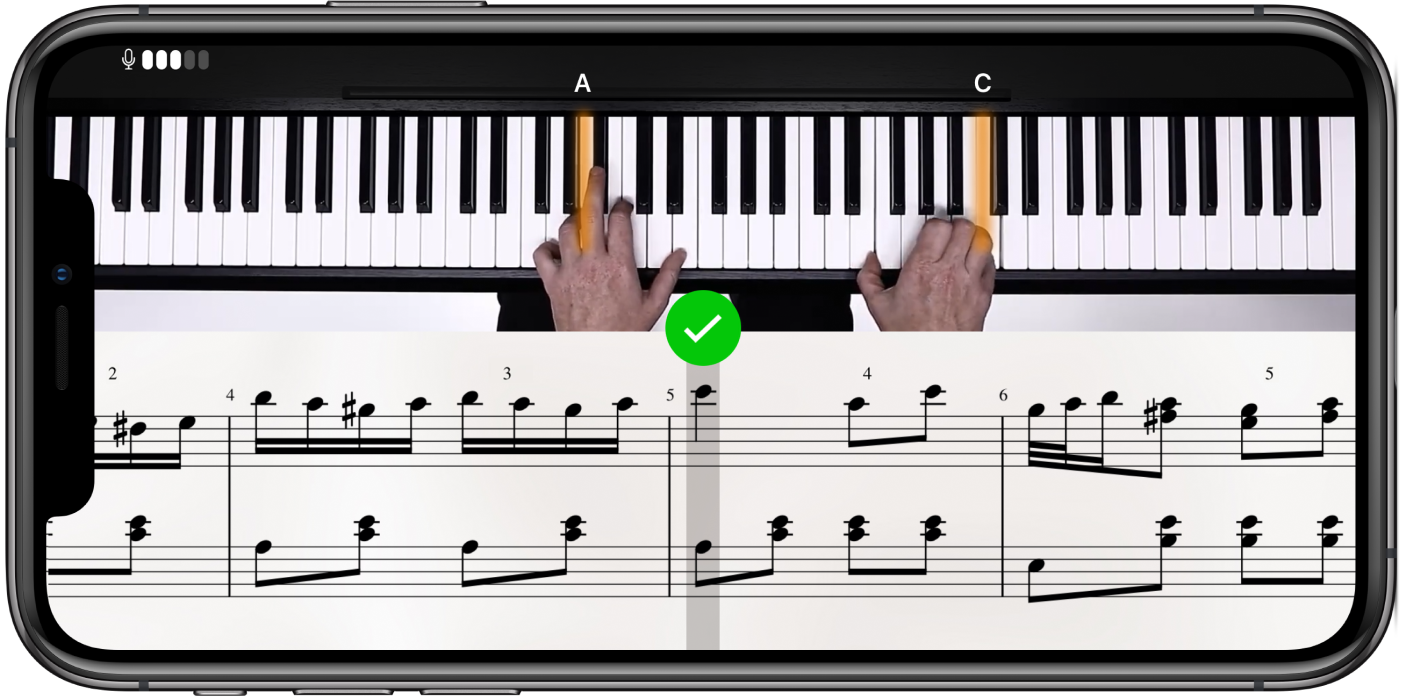

Spend some time in each key and see where each one leads you.

In a similar fashion, Ab seemed well-suited for a relaxed semi-alternative rock style. So my E Blues Scale Etude became a fast rock jam, with exciting guitar-like riffs but no crushed notes. But this doesn't work as well in E, since you can't slide from a white to a black note. In D, for example, I could write a traditional blues with "crushed" notes whereby the pianist lets their finger slide from a black to a white note, blurring the sound a little in a bluesy way. Even so, I was surprised just how much the various keys influenced the music. I wanted to write an piece in each key that used the blues scale, to give students the chance to become fluent in all the keys and in a lot of different musical styles. I found this out in a big way when I was composing the Blues Scale Etudes for my video course. Explore this and use it to your advantage. A technique that feels natural in one key will feel awkward in another, etc. Indeed, they all look and feel different from one another. (Ever try playing a Charlie Parker solo in F#?)Īt some point, though, you can begin embracing the uniqueness of each key. This is useful in that it forces us to confront each key in the same way. Take a chord, melody, or pattern and learn to play it in every key. One thing you can do to become fluent in all the keys is to transpose the same thing into each one. This can be a little frustrating when you first learn all the scales (" How many sharps are in B major?"), but after a while you get used to it.

Sure, they have the same internal structure, but because the keyboard has an asymmetrical pattern of black and white notes they all look and feel a little different. Like snowflakes, no two major scales look alike.


 0 kommentar(er)
0 kommentar(er)
